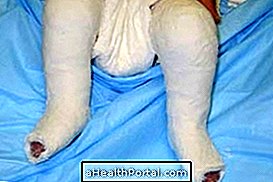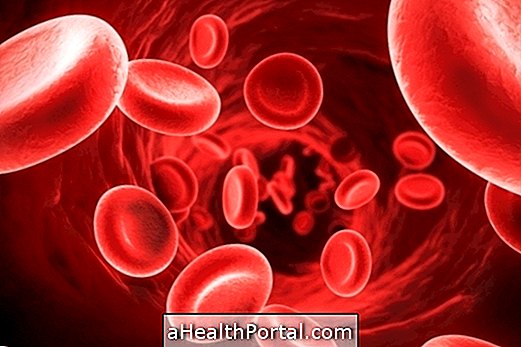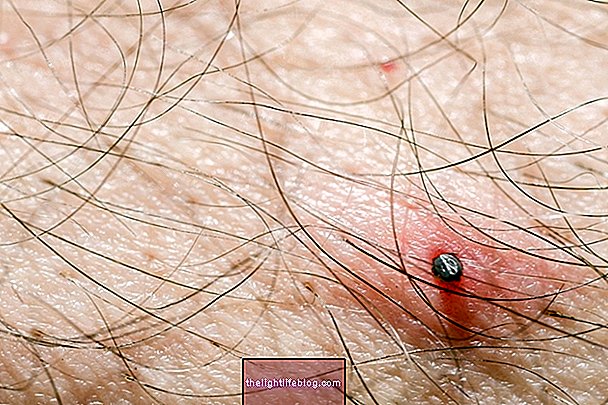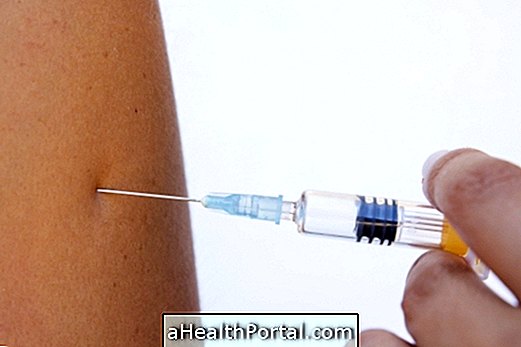The molecular diagnosis corresponds to a set of molecular techniques that aim to identify changes in DNA that may be indicative of genetic diseases or cancer, for example. In addition, molecular techniques are being widely used for the identification and confirmation of infectious diseases, since they represent a faster and more accurate diagnostic method.
Molecular diagnosis is expensive and therefore not very frequently requested by physicians, however, it gives precise results regarding the presence of the alteration, the way it can interfere in the functioning of the organism and the patient's response to the disease. treatment.
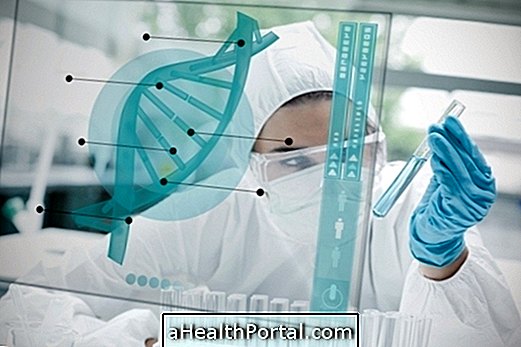
What is it for
Molecular diagnosis can be performed with several objectives, the main ones being:
- Identification of mutations related to leukemia, such as the identification of BCR-ABL translocation, which is characteristic of Chronic Myeloid Leukemia (CML);
- Mutations characteristic of hematological diseases, such as hereditary hemochromatosis, polycythemia vera, essential thrombocythemia and thrombophilias, for example - understand what is thrombophilia and how the treatment is done;
- Molecular changes that indicate the occurrence of cancer, such as colorectal, lung, breast and brain cancer, for example;
- Diagnosis of infectious diseases such as hepatitis, urethritis, toxoplasmosis, leishmaniasis, etc., in addition to identifying the HPV virus .
Molecular diagnosis, despite being considered expensive when compared to other diagnostic techniques, is more accurate, since it is able to inform the alteration related to a certain disease and the degree of influence of this alteration in the organism, thus aiding the treatment of the person.
In addition to being used for the diagnosis of various diseases, molecular techniques are also used to evaluate the response to treatment, especially in people with cancer, being one of the most effective methods to indicate disease evolution and relapse.
How is done
Molecular diagnosis can be performed with any sample, and the doctor is asked to provide information about the patient's condition, which may be urine, saliva or, most of the time, blood. It is not necessary to fast or any other preparation for the examination.
The sample is collected and sent to the laboratory along with the doctor's advice informing the exam or type of research that should be done. The molecular technique performed depends on the requested examination and involves a series of precise procedures whose ultimate goal is to identify the presence or absence of alteration requested by the physician.
Usually only a small amount of sample is used, the rest being stored so that, if necessary, the test is repeated.
See what are the main molecular techniques
PCR
PCR, short for Polymerase Chain Reaction, is a molecular technique that consists of amplifying a fragment of the genetic material, be it DNA or RNA, with the objective of identifying mutations and, thus, assisting in the diagnosis of diseases.
This technique is made from the extraction and purification of the genetic material, which is then placed in a mix in which one of the components is a restriction enzyme that varies according to the requested examination and whose function is to cut the material into fragments to identify a possible genetic change. The mix is placed in a thermocycler, which is an apparatus that acts through the temperature variation indicated by the professional according to the examination and, in this way, allows the amplification of the genetic fragment. In the case of conventional PCR, after amplification, the PCR product is subjected to electrophoresis, which is a molecular technique based on the weight and size of the fragments, ie according to these characteristics a pattern of bands is generated, the analysis of which is done based on the band of the positive control, that is, in the band that is known to correspond to the genetic alteration.
Real-time PCR, also called qPCR, is a type of quantitative PCR, that is, in addition to identifying the genetic alteration, it is able to give information about the gene expression, that is, how much the altered gene is being expressed in the organism, and can thus be used to aid diagnosis and monitor treatment. Real-time PCR does not require electrophoresis, the whole process of amplification and analysis of the genetic material is done by an apparatus and the result is interpreted by a trained health professional.
Sequencing
Sequencing is a molecular technique that consists of determining the nucleotide sequence of DNA. Sequencing occurs from a PCR-like reaction, however, in the amplification mix, nucleotides modified by the addition of fluorochromes are added, that as the material is amplified, the modified nucleotides are incorporated into the DNA and generate several fragments, which correspond to the product of the sequencing.
The reaction product is placed in an apparatus called a DNA sequencer, wherein as the fragments are struck by the laser of the apparatus, the fluorochromes are excited, emitting fluorescence, which is indicated by the apparatus by means of peaks, each corresponding peak to a nucleotide. At the end of the reaction the equipment will inform the DNA sequence, thus helping the doctor in the diagnosis of genetic diseases.

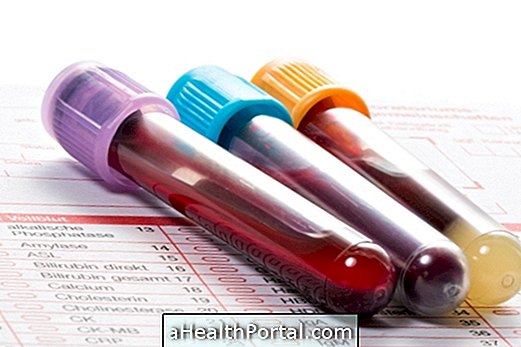
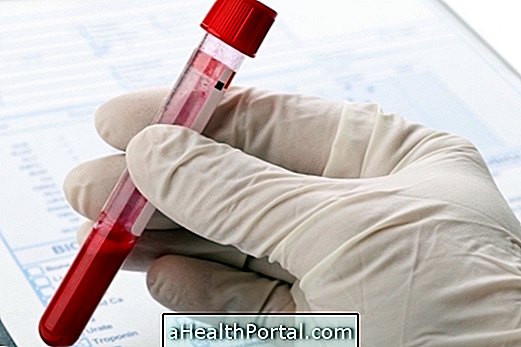
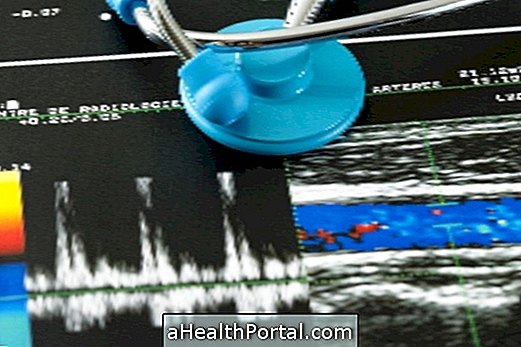
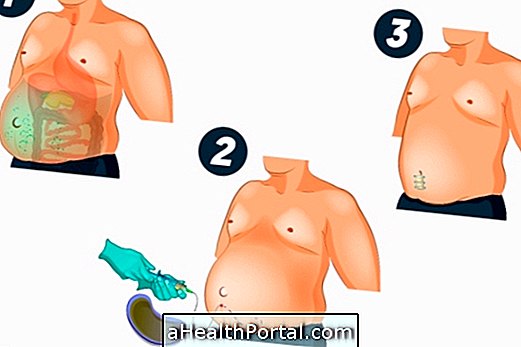
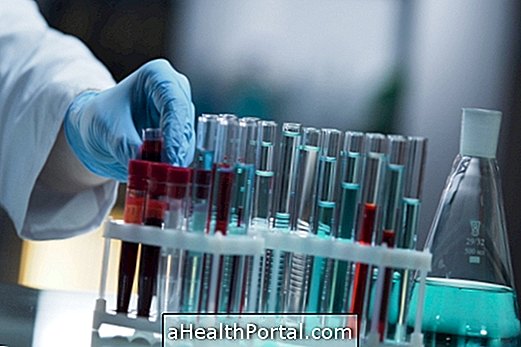

-o-que--sintomas-e-tratamento.jpg)

